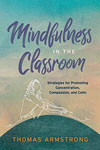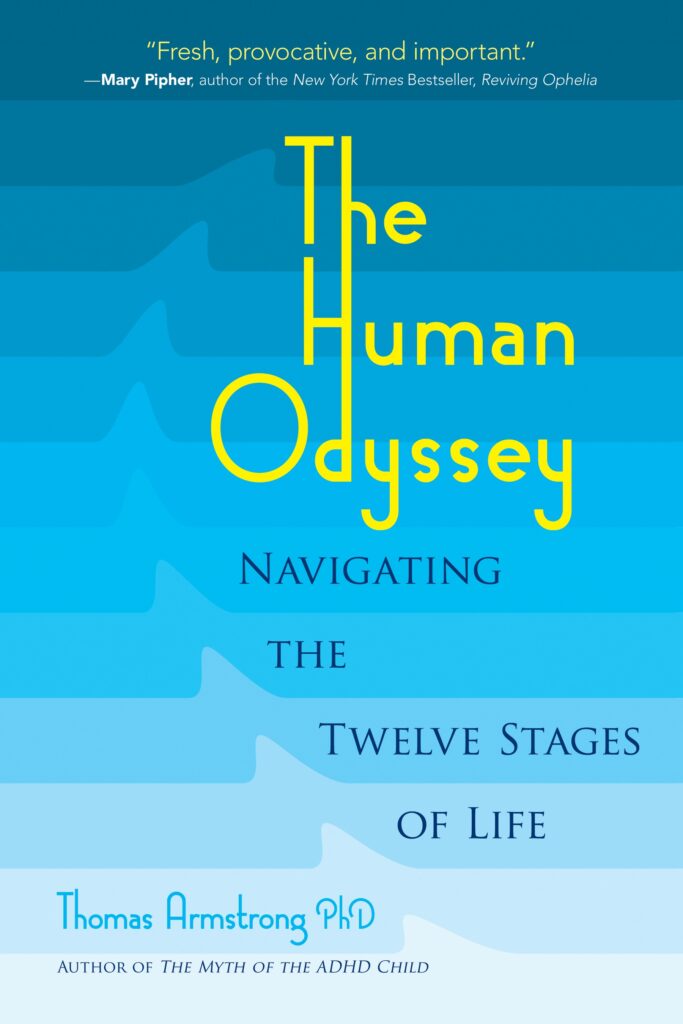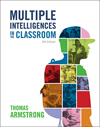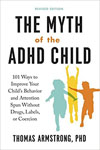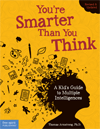This is video #9 in my 12-part video series based on my book The Power of the Adolescent Brain: Strategies for Teaching Middle and High School Students. In this video I present 5 ways to teach through the body, by engaging students in movement, hands-on activities, virtual reality, and role play. Specifically, the 6 strategies are as follows:
1. Provide Exercise Breaks in Class
2. Integrate Role Play into the Curriculum
3. Engage Students in Hands-On Activities
4. Use Movement to Teach Concepts
5. Incorporate Augmentative and Virtual Reality Into Learning
Also in the video, I point to the importance role of the cerebellum in learning and the body and how the somatosensory cortex in our brain helps construct a body image that may become distorted during adolescence, as teens seek to emulate thin models (girls) or muscular athletes (boys), which could lead to dangerous steroid use or eating disorders such as anorexia nervosa or bulimia. Finally, I point out how our secondary schools have cut back on PE, recess, and exercise breaks to make room for more academic work, and how this is a big mistake, since exercise and physical learning is associated with greater student engagement and improved academic achievement.
You can watch the video by clicking on the arrow above, and/or you can read the written transcript of the video below:
”Hi, I’m Dr. Thomas Armstrong, and this is Video #9 in my video series based on my book The Power of the Adolescent Brain: Strategies for Teaching Middle and High School Students (published by ASCD). As part of this series we’re looking at eight practices that middle and high school teachers can implement in the classroom which are in line with recent research concerning how the adolescent brain develops. In this video we’re going to focus on adolescent brain-friendly intervention #5: learning through the body.
During the adolescent years, the rapidly changing bodies of teenagers assume a huge importance for them. Adolescents become acutely aware of their bodies and are concerned with how their bodies appear to others, especially to their peers. Scientists tell us that we carry around in our minds an image of our body that we create internally from multiple sources in the brain. One important part of the brain that helps construct this image is the somatosensory cortex in the left parietal lobe, which coordinates sensory information from the body and the world around it to provide us with a sense of continuity of a body moving through space. This body image differs from the actual physical body that exists in three-dimensional space.
As the teen’s body goes through dramatic changes, there can arise mental distortions of the body image, where the teen’s internal image of their body doesn’t match the actual body – a person who is thin may perceive themselves to be fat, for example. These distortions of one’s body image combine with stereotypical images of the sexes flooding the media, and this combination can drive teenage males to take potentially dangerous steroids to bulk up their appearance, and can drive both males and females into potentially life-threatening eating disorders such as anorexia nervosa and bulimia. For most adolescents, however, body and brain changes simply accentuate a deeper sense of self-consciousness of their bodies and how those bodies are perceived by others.
Another important part of the brain that every secondary school educator should know about is the cerebellum, Latin for ‘’little brain.’’ Although it makes up just 10 percent of brain volume, the cerebellum contains more neurons than the rest of the brain combined. The cerebellum continues to develop during adolescence and is highly susceptible to environmental influences (that is, it possesses a high degree of neuroplasticity). Originally it was thought that the cerebellum was primarily important for coordinating physical movements, but now we are understanding that it is also important for language functions and visual-spatial, executive, and working memory processes.
An important implication for middle and high school educators from these neuroscience discoveries is that learning should not simply focus on the mind but should incorporate the body as well. By making learning physical in the classroom, teens will be helped to feel more comfortable with their dynamically changing bodies. They will better understand the need to take care of those bodies, and will learn how to use their bodies to master new academic material. In this video, we’re going to look at five practical strategies that secondary school teachers can use to activate physical learning in the classroom.
The first strategy is to provide exercise breaks during the school day. While surveys of secondary schools indicate a general cut-back in recess, PE, and exercise breaks in the classroom to make room for more academic time, research is increasingly showing that this is a huge mistake and that exercise enhances attention, facilitates concentration, heightens student engagement, and improves academic achievement in the classroom. A classroom physical break can be as simple as having students take three deep breaths while sitting in their seats, or involve students in gentle stretching or more vigorous calisthenics next to their desks, or having them run around the school building, or engage in other exercise-related activities in or outside of the classroom. Music can also be used to enhance physical activity, including the use of Wii fitness video games or aerobic dance videos.
The next strategy for involving the body in learning is to use role play or dramatic improvisation in integration with course material. Students can role play a scene from a novel or short story, dramatize a historical event, act out a lab procedure in science or a procedure for solving a problem in math, or improvise a scene related to the functions of the federal, state, and local governments.
The third strategy for learning through the body involves engaging students in hands-on activities. Students can learn advanced math or science concepts through manipulative materials (Einstein used his ribcage once to communicate to someone his theory of curved space), they can create dioramas of scenes from history or literature, or create and put together puzzles to learn the countries of Africa, as in this example. Another encouraging development in education that embraces learning through the body is the maker movement, where students use their knowledge of technology to take recycled electronics, computer accessories, and other tech and non-tech materials, to create new and novel types of machines and gadgets that do useful things such as a lego sound synthesizer, a gesture-controlled Harry Potter lamp activator, or a battery powered air conditionner made with a soup can. An excellent resource for getting started with the maker movement is the book: Free to Make: How the Maker Movement is Changing Our Schools, Our Jobs, and Our Minds, by Dale Dougherty.
A fourth way to integrate physical learning into the secondary school classroom is by using movement to teach concepts. I’ve taught the physics concept Boyle’s Law, for example, by having students take on the role of molecules who move at a constant rate (which translates to constant temperature), and then experience the volume as getting larger or smaller, thus changing the pressure. Other ways of using movement to teach concepts might include: pantomiming vocabulary words, contrasting a democracy from a dictatorship through movement, dancing the periodic table of elements, or moving in rhythm to different poetic meters in English class.
A fifth approach to learning through the body is represented by the emerging technologies of augmentative and virtual reality. These technologies allow students to directly experience events virtually, such as a moon rocket launch, a visit to the Egyptian pyramids, or an underwater dive to the Great Barrier Reef, and have visceral experiences without ever leaving the classroom.
If you’d like more information about learning through the body at the middle and high school level, or want to know all eight interventions that are adolescent brain-friendly, get my book The Power of the Adolescent Brain: Strategies for Teaching Middle and High School Students, available through Amazon or other online sources including the publisher ASCD. You can also find the other videos in this 12-part series on my You Tube channel.
For more information about my work, go to my website: www.institute4learning.com
Follow me on Twitter: @Dr_Armstrong.






